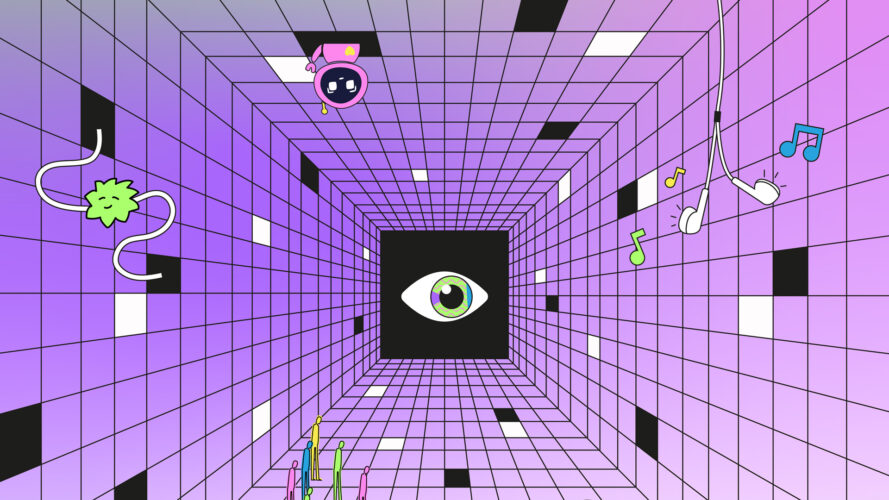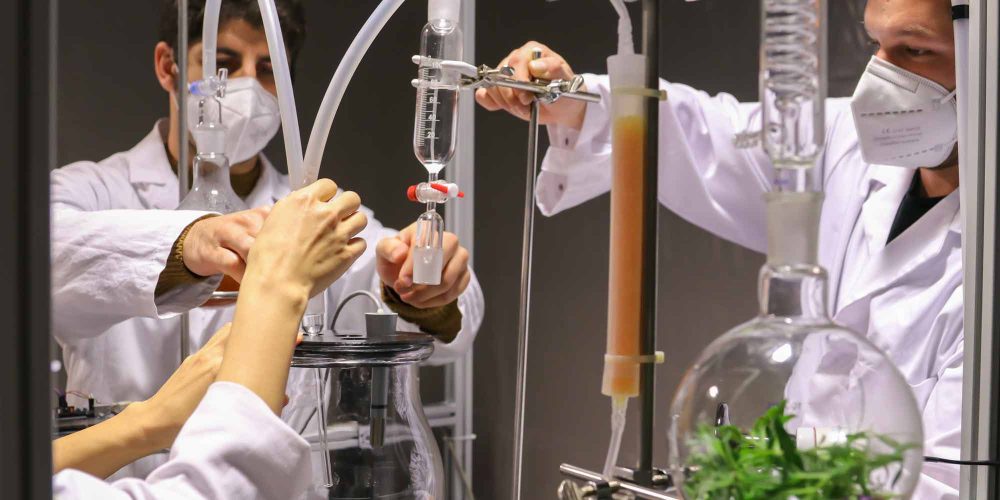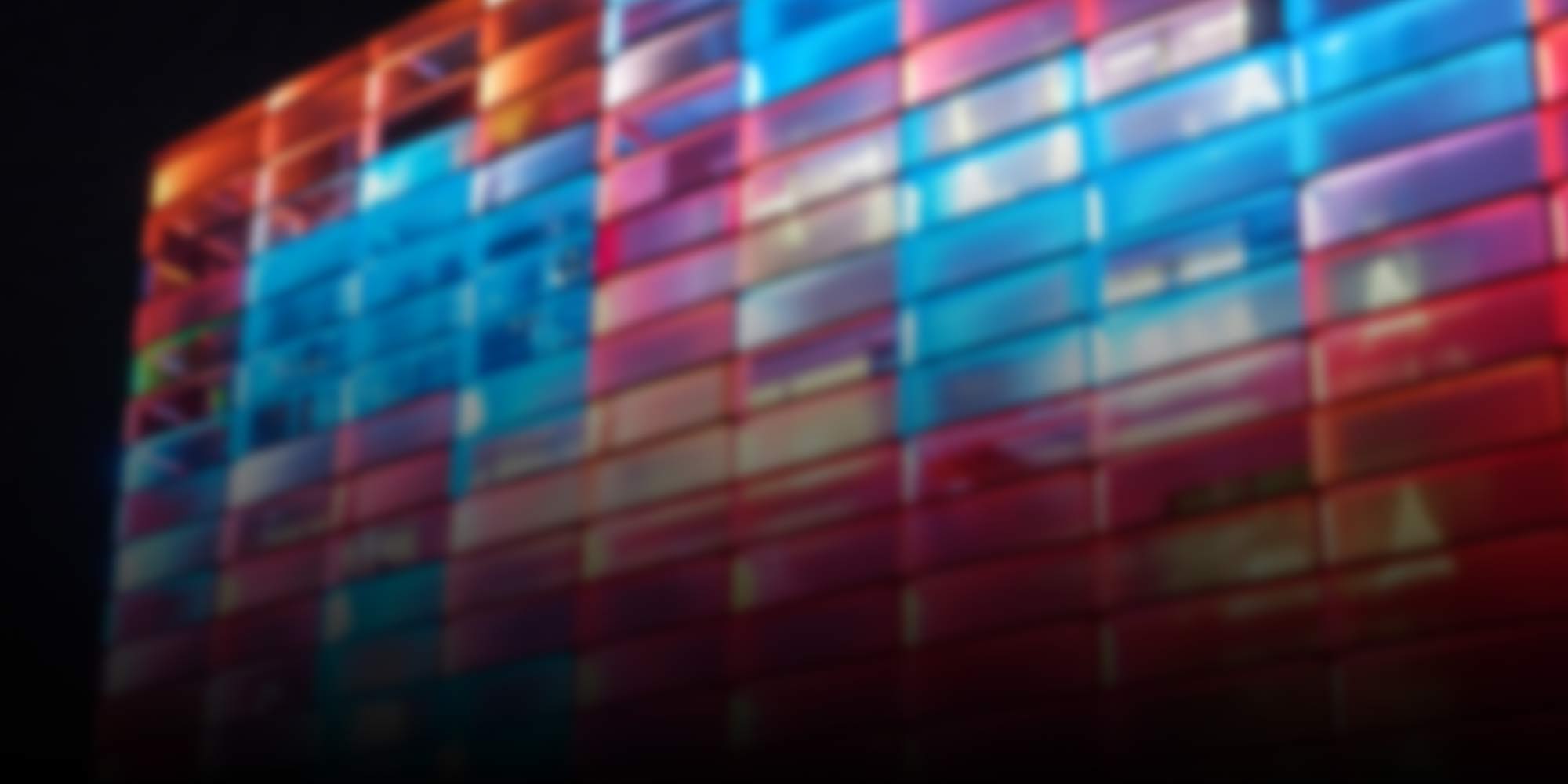
Interactive Art
-

A Story of Arrangement
“You are part of a huge weave, that you cannot ignore anymore.” When you enter Diane Cescutti’s website and her work, you enter the world of weaving.
-
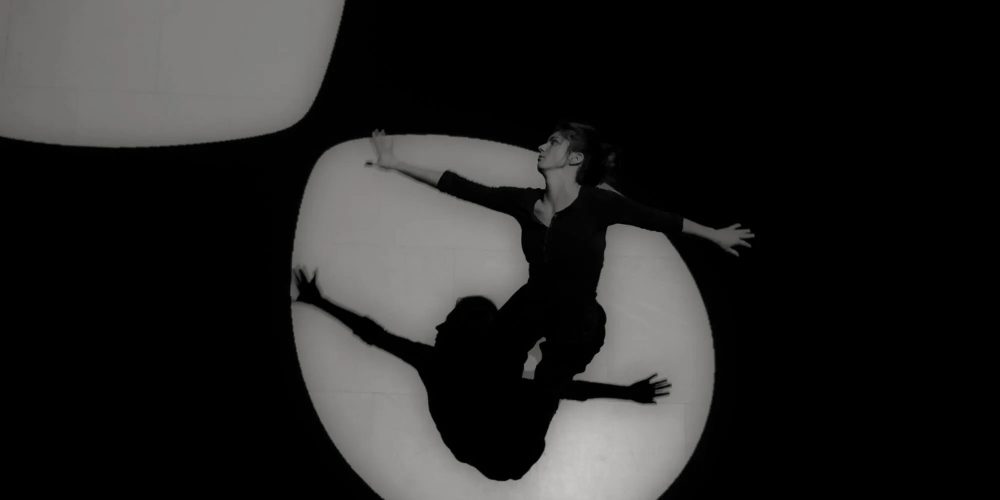
Where art merges with its digital future
The 50th anniversary of the Art University marks five decades of cultural progress in Linz. We talked to Rector Brigitte Hütter about the digitization of art.
-
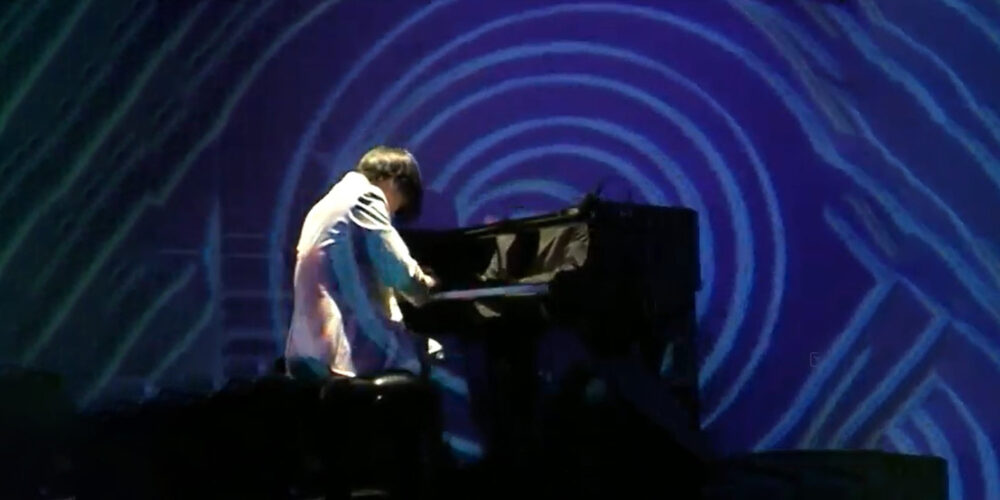
Ryuichi Sakamoto 1952 – 2023
Ryuichi Sakamoto died March 28 at the age of 71. The Japanese pianist, composer and pioneer of electronic music was the winner of the Prix Ars Electronica in 1997.
-

Humanity in-between Videogames and Neurofeedback
With 5 interactive installations, Belgian artist Roel Heremans makes the ethical framework for innovation in our society playfully tangible.
-
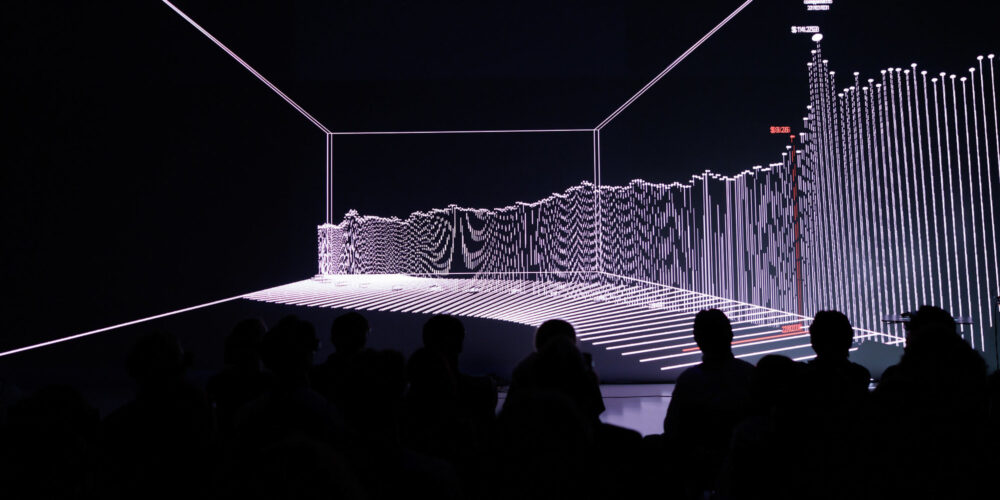
Dataspace: Newspaper of the Future?
How to bring truth to the center of collective perception? Artistic Journalism and Dataspace as ways out of the vacuum of real information.
-

Dataspace: Global Impact of Russia’s War on Ukraine
What does this war mean for each of us? A visualization of facts and figures explains the consequences of an invasion.
-
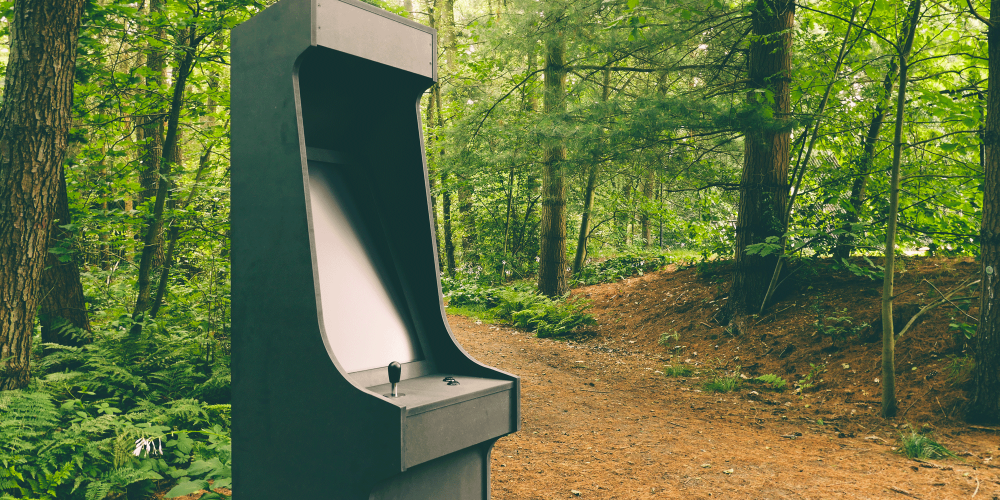
Roel Heremans: The NeuroRight Arcades
Ars Electronica Festival 2022: In a world where neuro-wearables and brain-computer interfaces will soon be ubiquitous, we should also talk about “NeuroRights.”
-

How to “resist like bacteria”
Find out what we can learn from bacteria and why the future lies in collaborative resistance through the artists behind the project “Bi0film.net – Resist like Bacteria”.
-

Holly+: Come and sing like Holly Herndon!
“It takes a village to create something special” and Holly Herndon and her team have succeeded in doing just that. In the interview, she presents her machine learning project in more detail, for which she has now received the European Commission’s STARTS Prize 2022.
-

Deep Space EVOLUTION: Transient
Impermanent Paintings in Deep Space 8K: Immerse yourself in audiovisual paintings created in collaboration with generative algorithms.
-

The Sky above Atacama: Chilean Artists at the Ars Electronica Festival 2022
The interaction between the Atacama sky and clouds with the local audience in Linz: these Chilean artists will represent their home country at the Ars Electronica Festival 2022.
-

Throwback: The Teleklettergarten
An oversized computer keyboard as a climbing wall on the facade of the Linz Art University. That was the teleclimbing garden.
-

How to dive into hybrid reality
“Action!” The Ars Electronica Futurelab’s team shares its insights on the new video production system Deep Virtual.
-
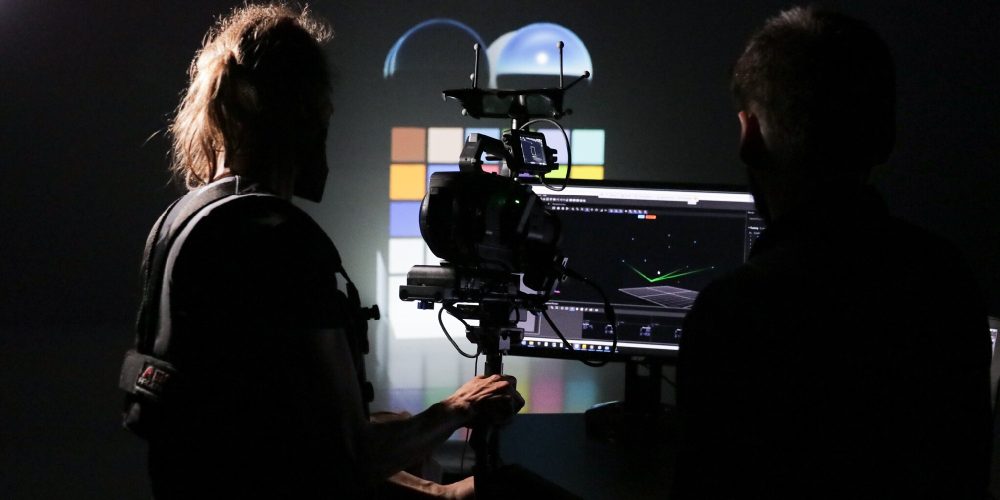
Virtual Reality beyond Deep Space 8K
Camera rolling! Ars Electronica Futurelab’s Deep Virtual video production system merges physical and virtual reality to live-stream VR from Deep Space 8K.
-
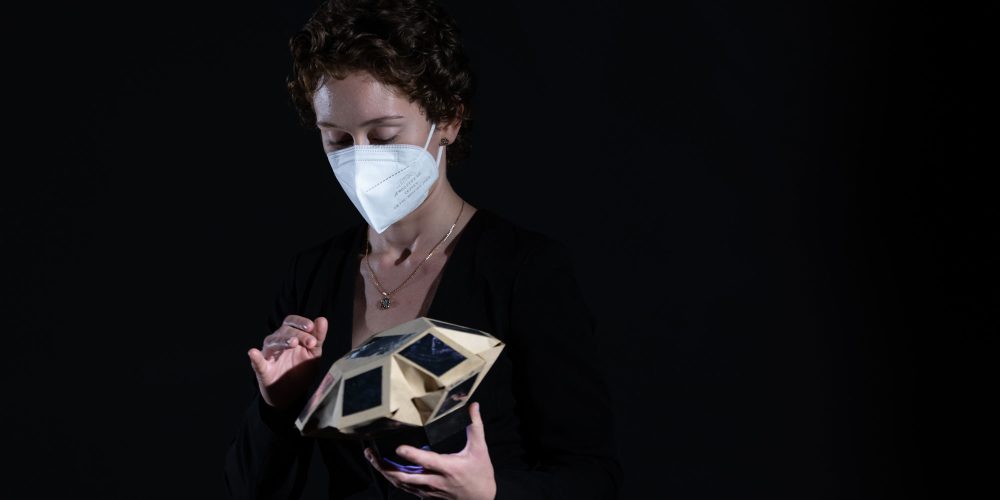
Origami, robotics and a new world of music
How do origami and robotics create music? The Ars Electronica Futurelab’s new video presents the world of oribotic instruments.
-
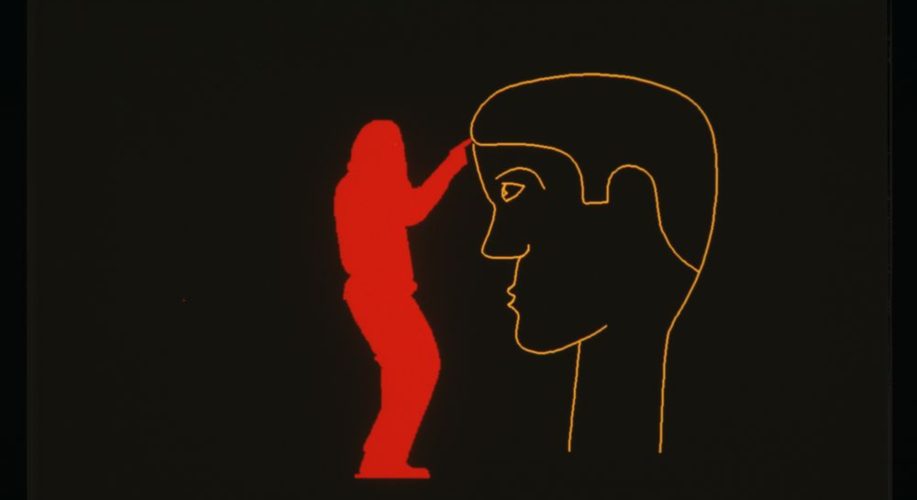
Throwback: Videoplace
In 1990 the time was ripe to take the next evolutionary step in the development of Prix Ars Electronica by adding a new category for “Interactive Art”.
-

Morphologies – Digital Formations and Analog Music
Analog music generates digital visualizations: Maki Namekawa, Cori O’Lan and Rubin Kodheli in a timeless night performance at Deep Space 8K.
-

Join: What will your life be like in 25 years?
Share your future visions with the world – “Memo Futurum” makes this happen until the end of the year. Only in 2046 they will be recalled.
-
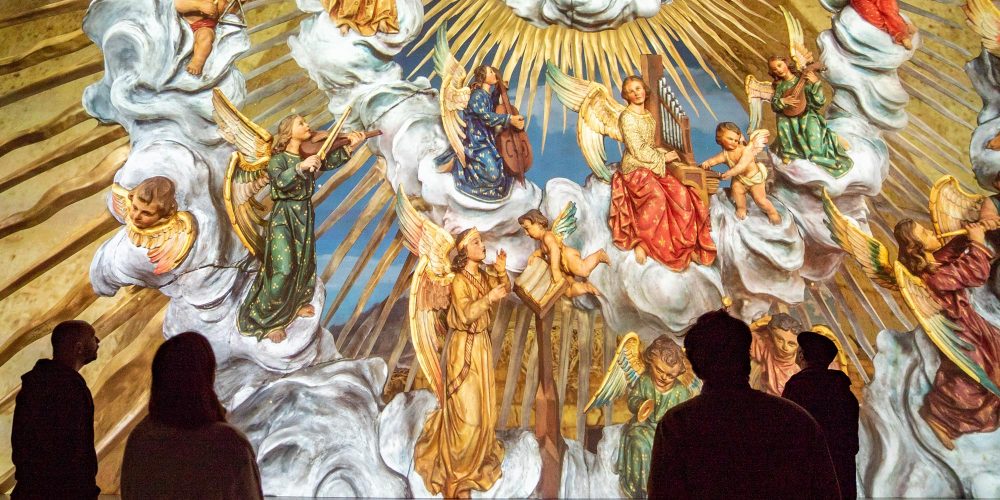
Future Christmas
Whether Christmas hurry or Advent lockdown, we have a suitable program for a contemplative pre-Christmas time: The Virtual Crib from St. Mary’s Cathedral in Linz.
-
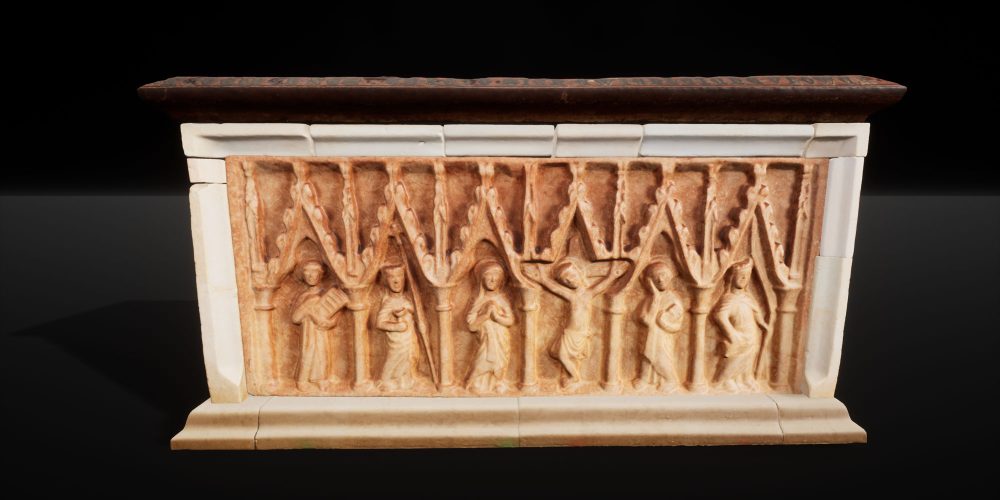
Digitization of cultural heritage
For the most recent digitization project, too, a Gothic tomb from the collegiate church of Wilhering, researchers of the Ars Electronica Futurelab successfully used the non-contact method of photogrammetry.
-

Throwback: The Cloud in the Web
33 years after the very first Linzer Klangwolke in 1979, which marked the beginning of the Ars Electronica Festival, Ars Electronica got the chance to create the 2012 Klangwolke.
-

EXPO 2020: Dialog with the future
After a year of Corona-related postponement, EXPO 2020 is finally getting underway. The Ars Electronica Solutions team is playing a key role in the Austria Pavilion.
-

Some people think Alexa and Siri only listen when they’re supposed to…
…others go to Ars Electronica. Public space/privacy – how do they intertwine and can we trust promises about privacy? This core theme is also represented in the form of festival projects.
